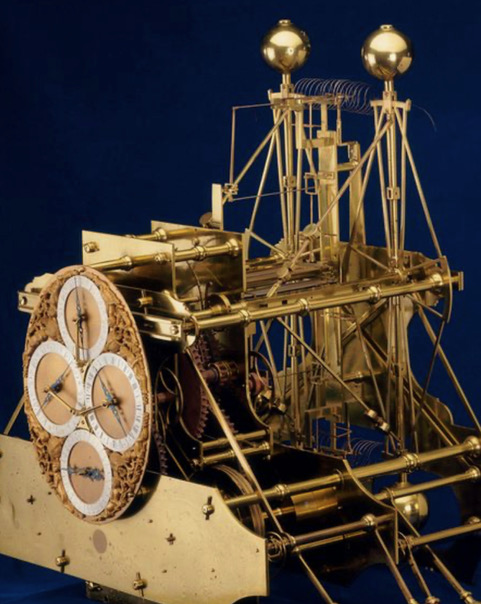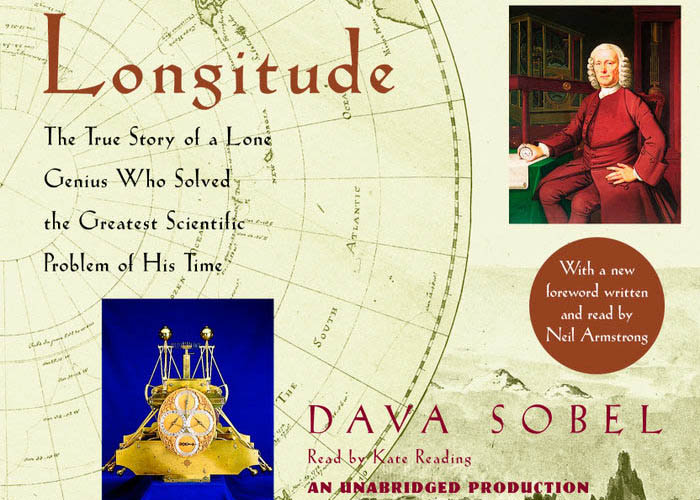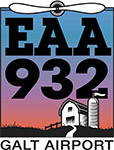
Pilots love maps, charts, compasses, plotters, and all sorts of navigational paraphernalia. Pilots know seafaring and land explorers mapped the globe long before there was LF/HF/VHF radios, LORAN, OMEGA, and GPS.
In studying our navigational heritage (think Columbus, Magellan, and Lewis and Clark) we encounter the interesting problem of Longitude. Now, Latitude (North and South) is easy. The earth is a “ball” that rotates, therefore, there is an axis of rotation. We call one end of that axis the North Pole and the other, the South Pole. A star located on Earth’s extended axis of rotation (ex. Polaris) will appear to be stationary. One can measure the angle to and calculate (look up in tables) Latitude. Even the ancients had a handle on Latitude, Now Longitude (East and West) is trickier. There is no East-West pole. Where are the beginning and the end of East and West? “That’s easy, Paris” said the French. “Oh, no!” said the Brits, “’tis London”, of course. Well, the one with the most “say so” gets to “say so”, so we have the Prime Meridian running through the London suburb of Greenwich. But how is one to determine their distance from the Prime Meridian? There are complicated celestial solutions, but the easy method is to compare the time at London with the sun’s position at the observers’ location. For example, if the sun is directly overhead (noon) and it is 6 PM in London, we are at 090° West because the sun has, “Point Zero” as it appears, traveled 90 degrees (15° Notre Dame, Paris per hr.) in the six hours since it was noon there. The secret of Longitude is time. But we must have the exact time because a one-minute error in time equals a 5-mile error in Longitude (at the equator).

The 18th-century inventor John Harrison, after nearly a lifetime of effort, designed and built a clock that was good enough to be carried aboard a ship and be used, with a sextant, to accurately determine Longitude. For two hundred years, the ship’s clock was guarded like the Norden bombsights of WWII.
If you go to London, be sure to take the short boat trip down the Thames and see the Royal Observatory at Greenwich. It’s now a museum housing among other things, Harrison’s clock. In Greenwich, UK you will also see the red ball (aka Times Square) that drops precisely at 12 noon so ships on the Thames can as they have for 100’s of years set their clocks to exact Greenwich Mean time. In recent years GMT has been re-designated UTC, an acronym for the French phrase meaning, “Coordinated Universal Time”. A consolation prize for the French, having lost the Prime Meridian!

An interesting book entitled “Longitude” by Dava Sobel can be purchased on Amazon. It’s a really good read on this interesting stuff! If you are ever visiting London, a visit to nearby Greenwich is a worthwhile day trip. There is a great deal of history to discover in this neat little maritime village. Check out this link to learn more.

